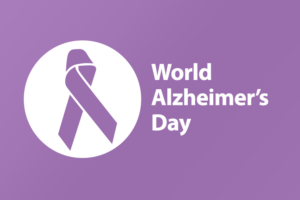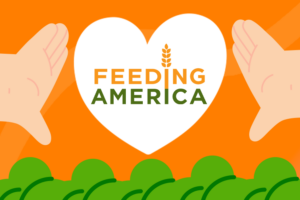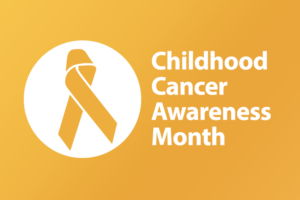Sarah Ford | September 19, 2013
CDC Survey Finds Youth E-Cigarette Use More than Doubled from 2011-2012, Shows Urgent Need for FDA Regulation
 Providing the first national data on youth use of electronic cigarettes, the Centers for Disease Control and Prevention (CDC) today reported that the percentage of U.S. middle and high school students who used e-cigarette more than doubled from 2011 to 2012. According to results from the National Youth Tobacco Survey, the percentage of high school students who reported ever using e-cigarettes jumped from 4.7 percent in 2011 to 10 percent in 2012, while the percentage using e-cigarettes in the past 30 days rose from 1.5 percent to 2.8 percent. Use also doubled among middle school students. The CDC estimated that 1.78 million U.S. youth used e-cigarettes in 2012.
Providing the first national data on youth use of electronic cigarettes, the Centers for Disease Control and Prevention (CDC) today reported that the percentage of U.S. middle and high school students who used e-cigarette more than doubled from 2011 to 2012. According to results from the National Youth Tobacco Survey, the percentage of high school students who reported ever using e-cigarettes jumped from 4.7 percent in 2011 to 10 percent in 2012, while the percentage using e-cigarettes in the past 30 days rose from 1.5 percent to 2.8 percent. Use also doubled among middle school students. The CDC estimated that 1.78 million U.S. youth used e-cigarettes in 2012.
These results are alarming, but not surprising. E-cigarettes are sold in an assortment of sweet, kid-friendly flavors including “vivid vanilla,” “cherry crush” and chocolate, and they increasingly are marketed using themes and images long used to market regular cigarettes to kids. While e-cigarette manufacturers claim they only market to existing smokers, the new CDC data show their marketing is enticing kids to start what could become a lifelong addiction to tobacco products. The e-cigarette industry portrays itself as wanting to help solve the tobacco problem, but its marketing is reminiscent of the tobacco industry in its worst days.
Source: Campaign for Tobacco-Free Kids
Get Resources and Insights Straight To Your Inbox
Explore More Articles
Get Resources and Insights Straight To Your Inbox
Receive our monthly/bi-monthly newsletter filled with information about causes, nonprofit impact, and topics important for corporate social responsibility and employee engagement professionals, including disaster response, workplace giving, matching gifts, employee assistance funds, volunteering, scholarship award program management, grantmaking, and other philanthropic initiatives.




